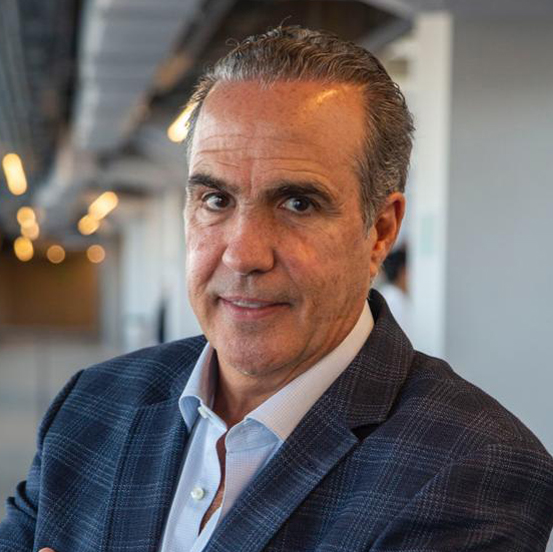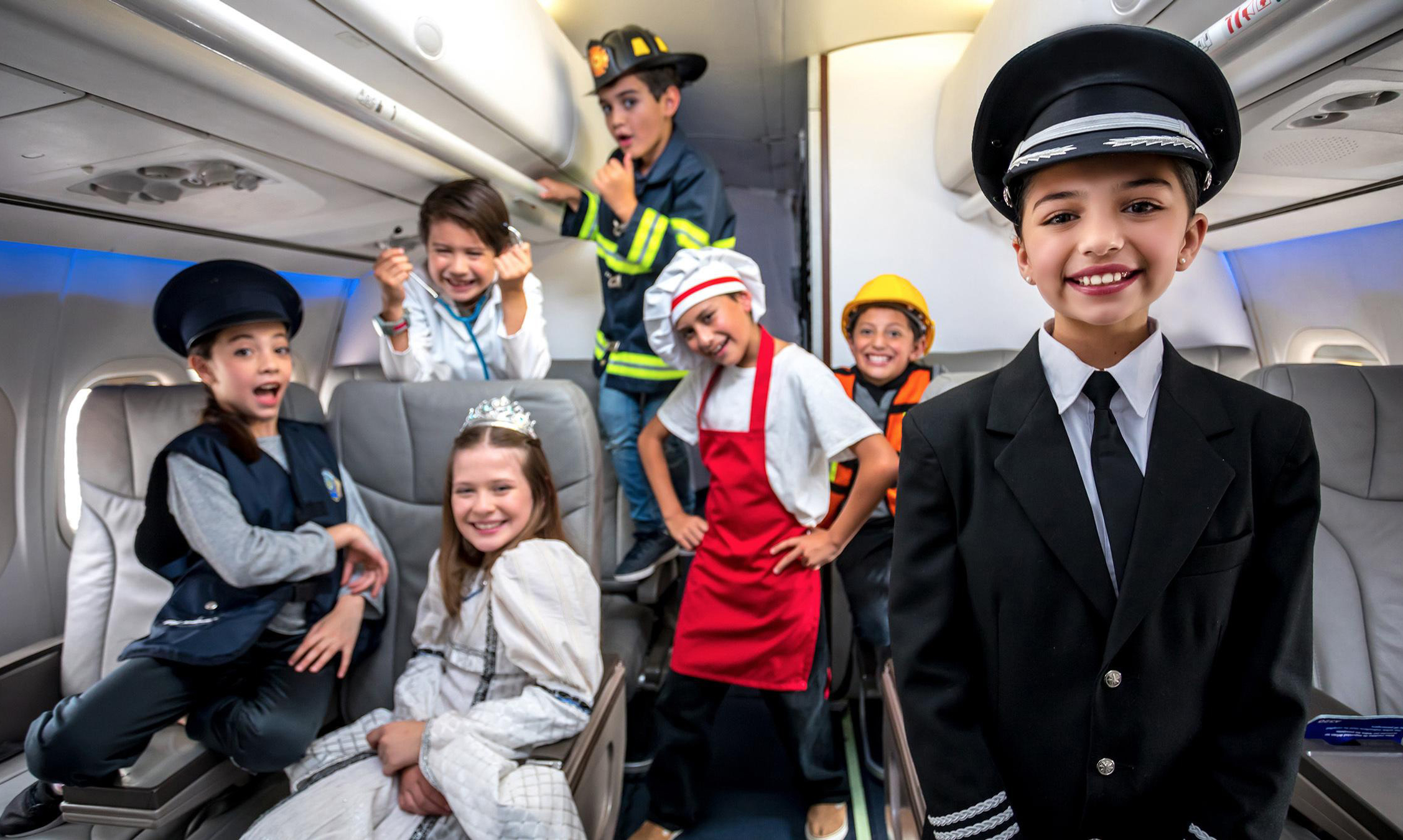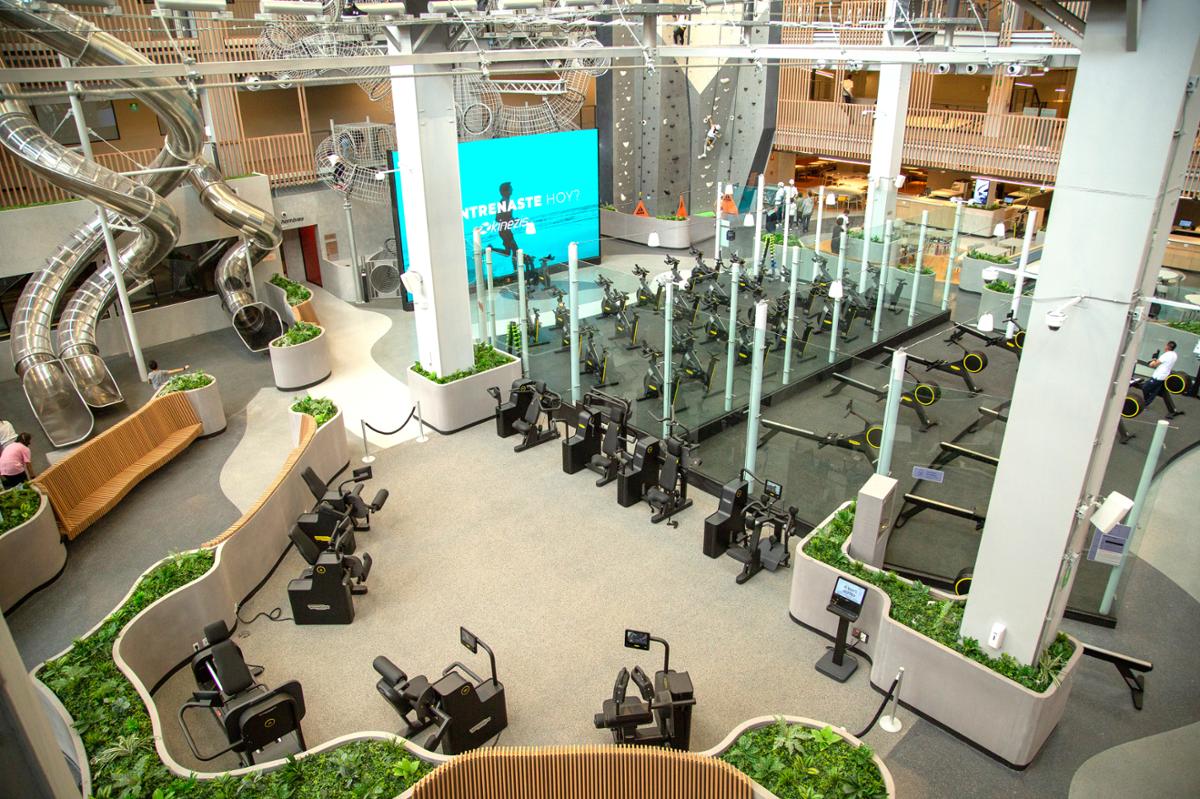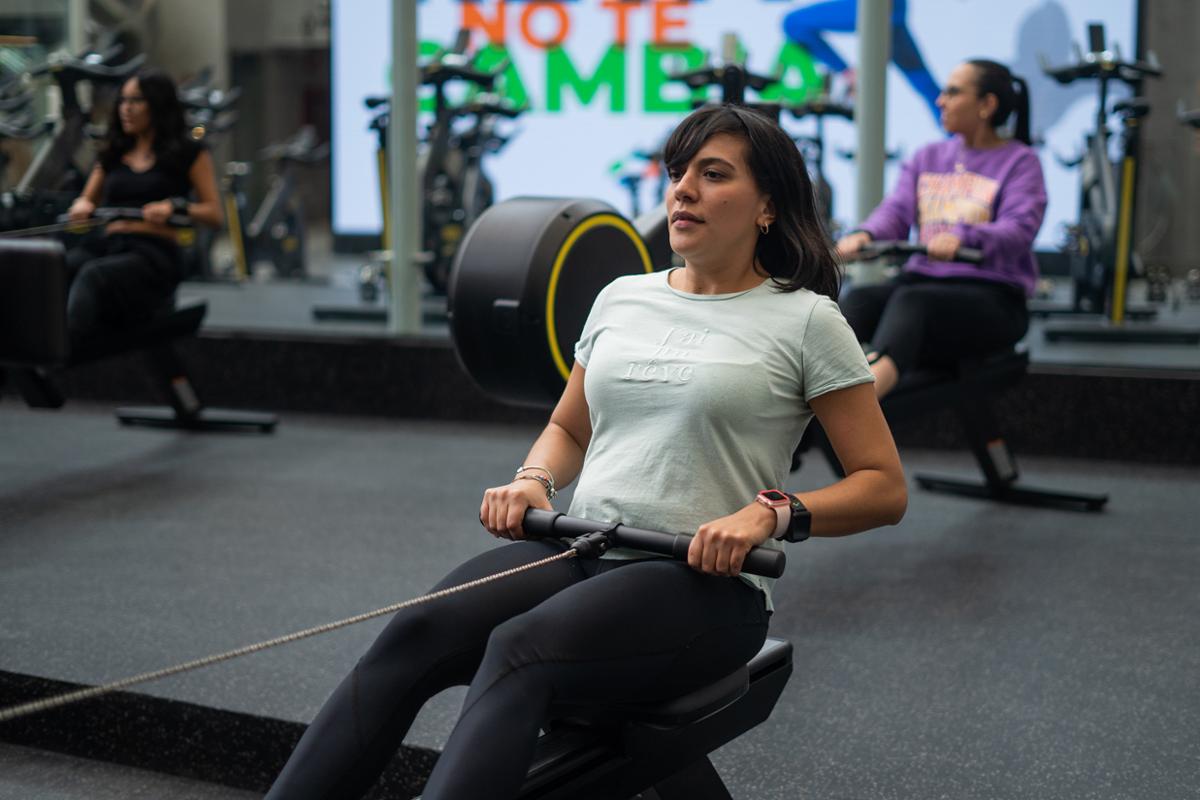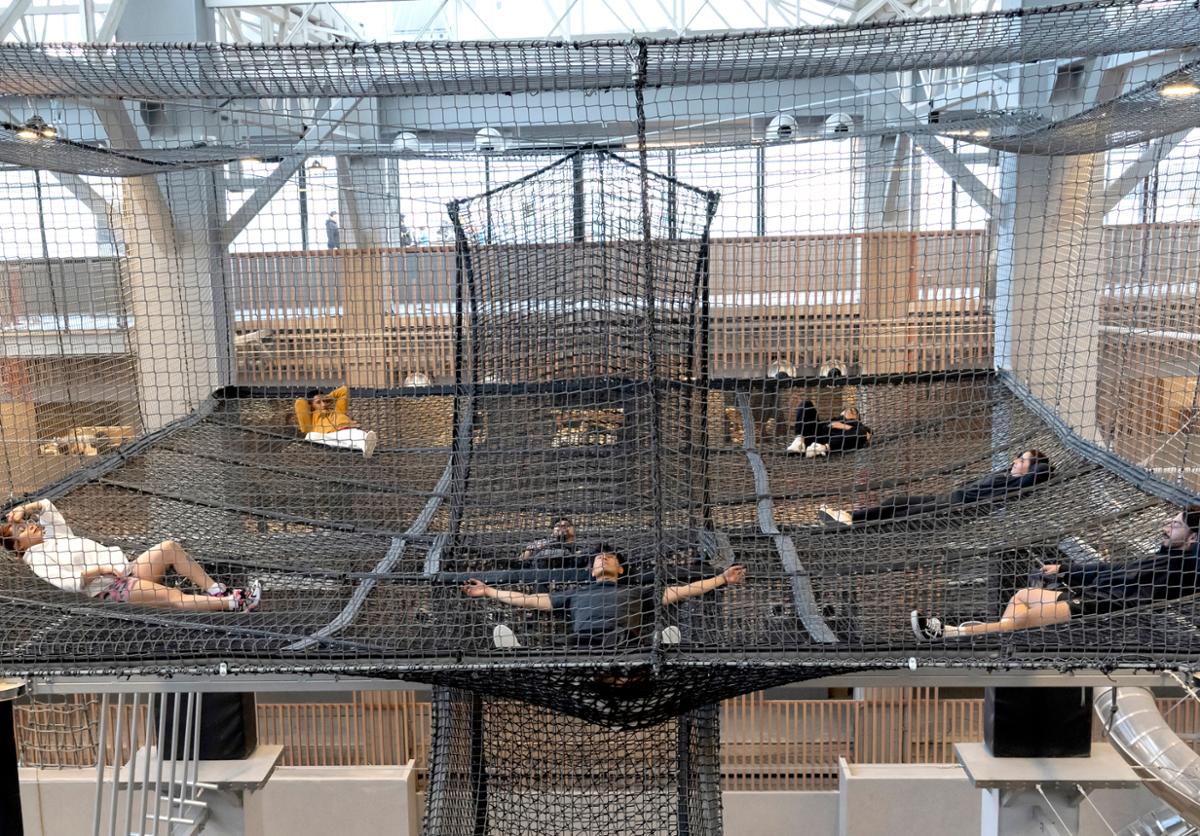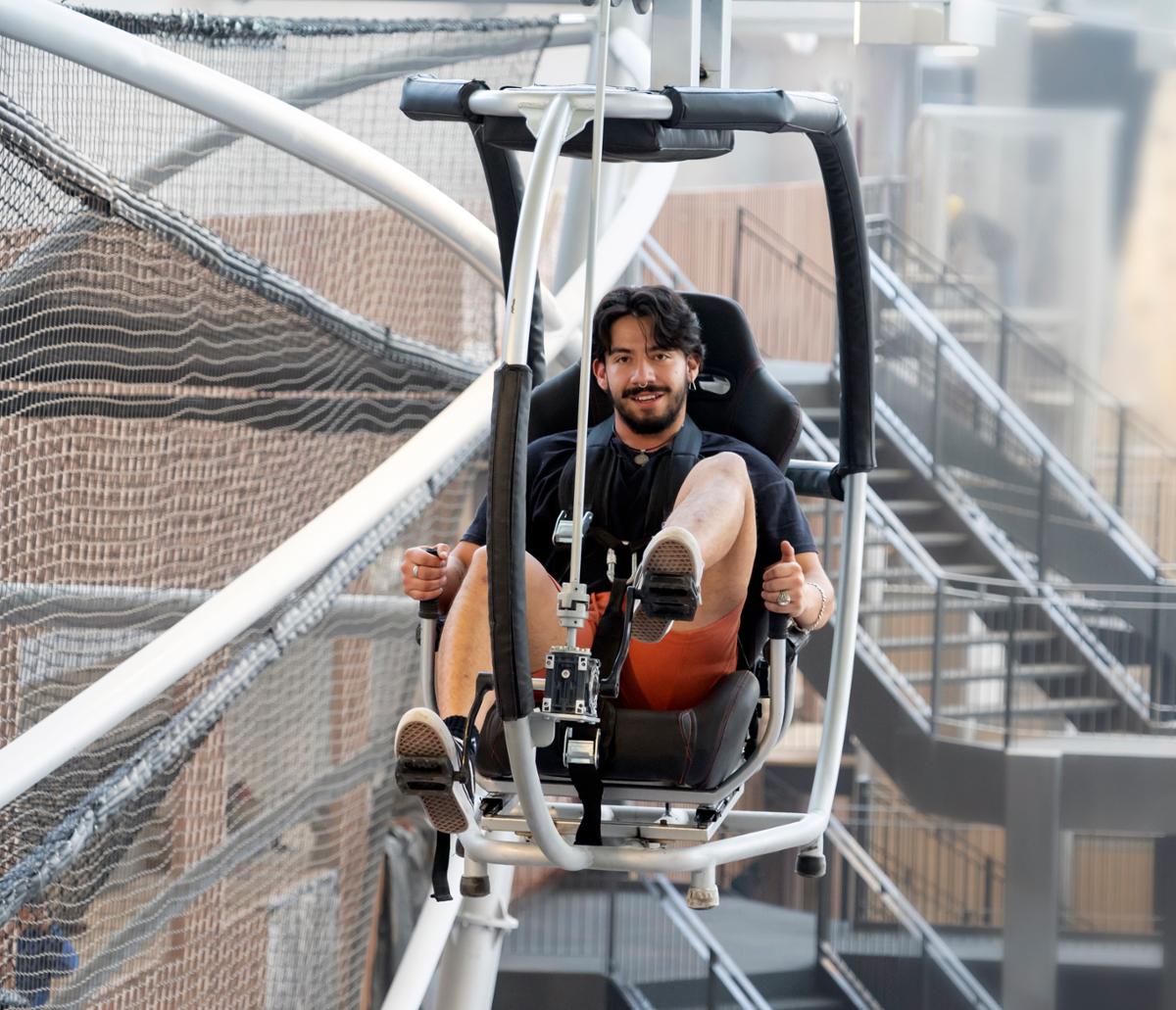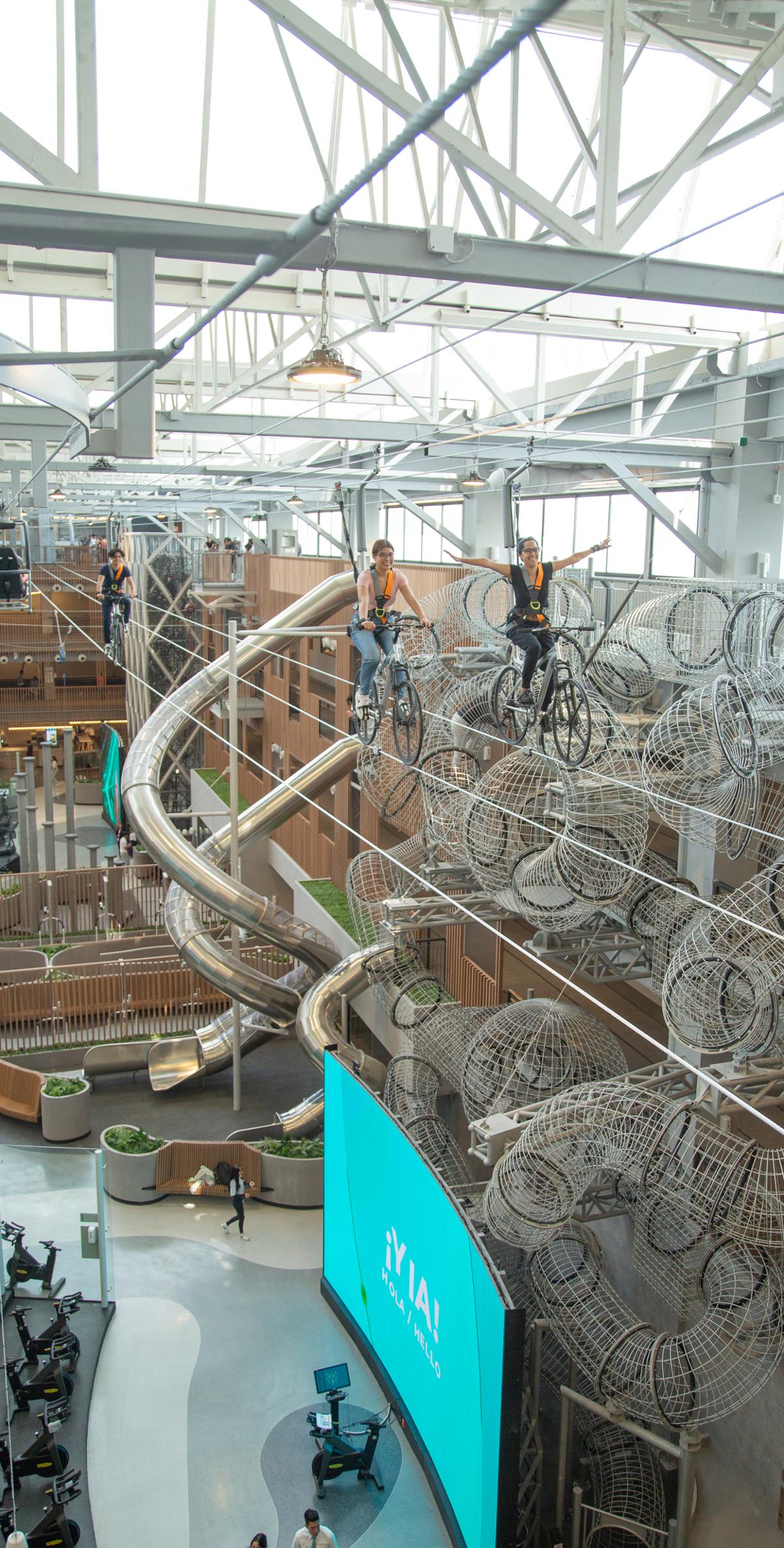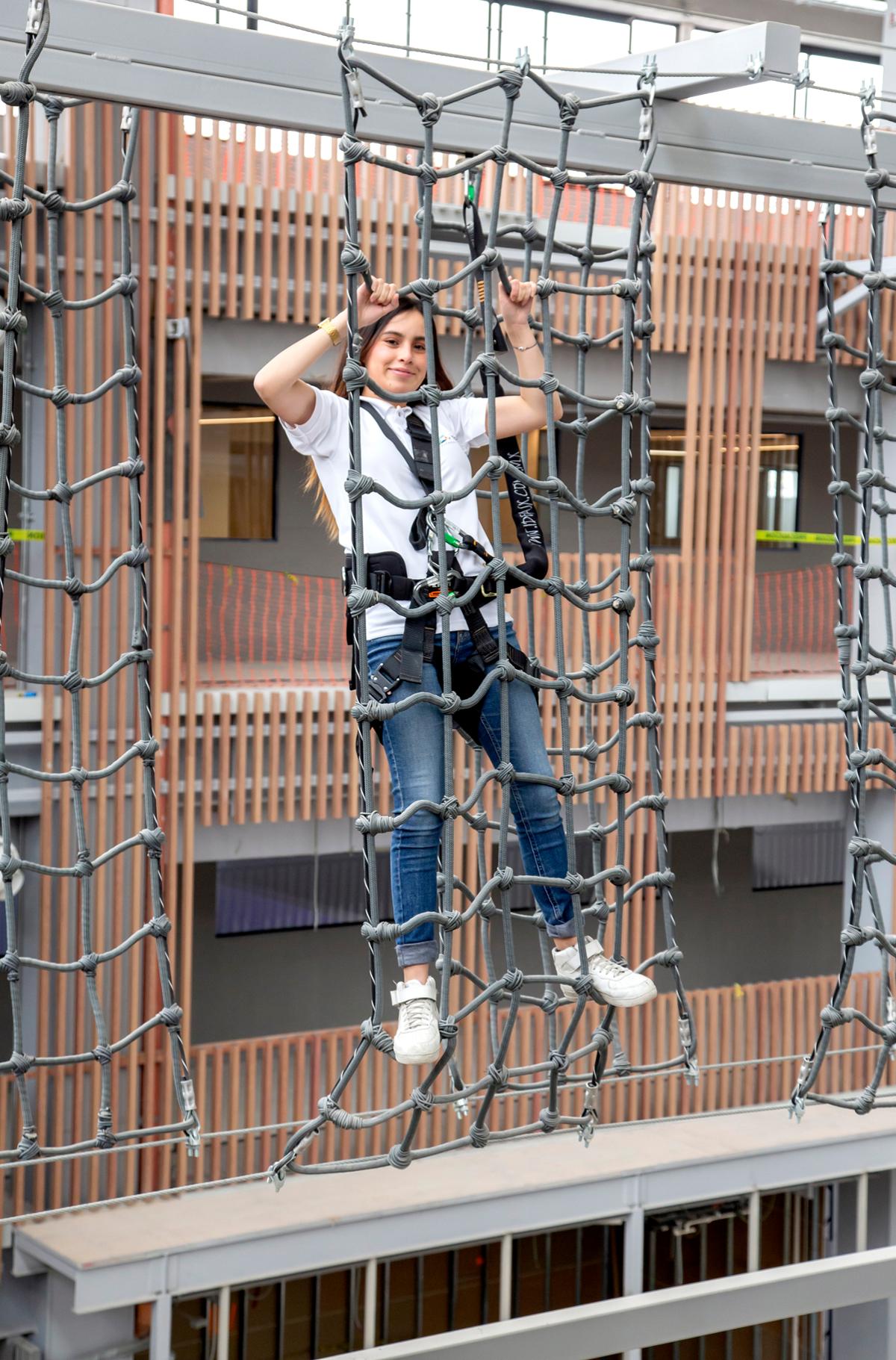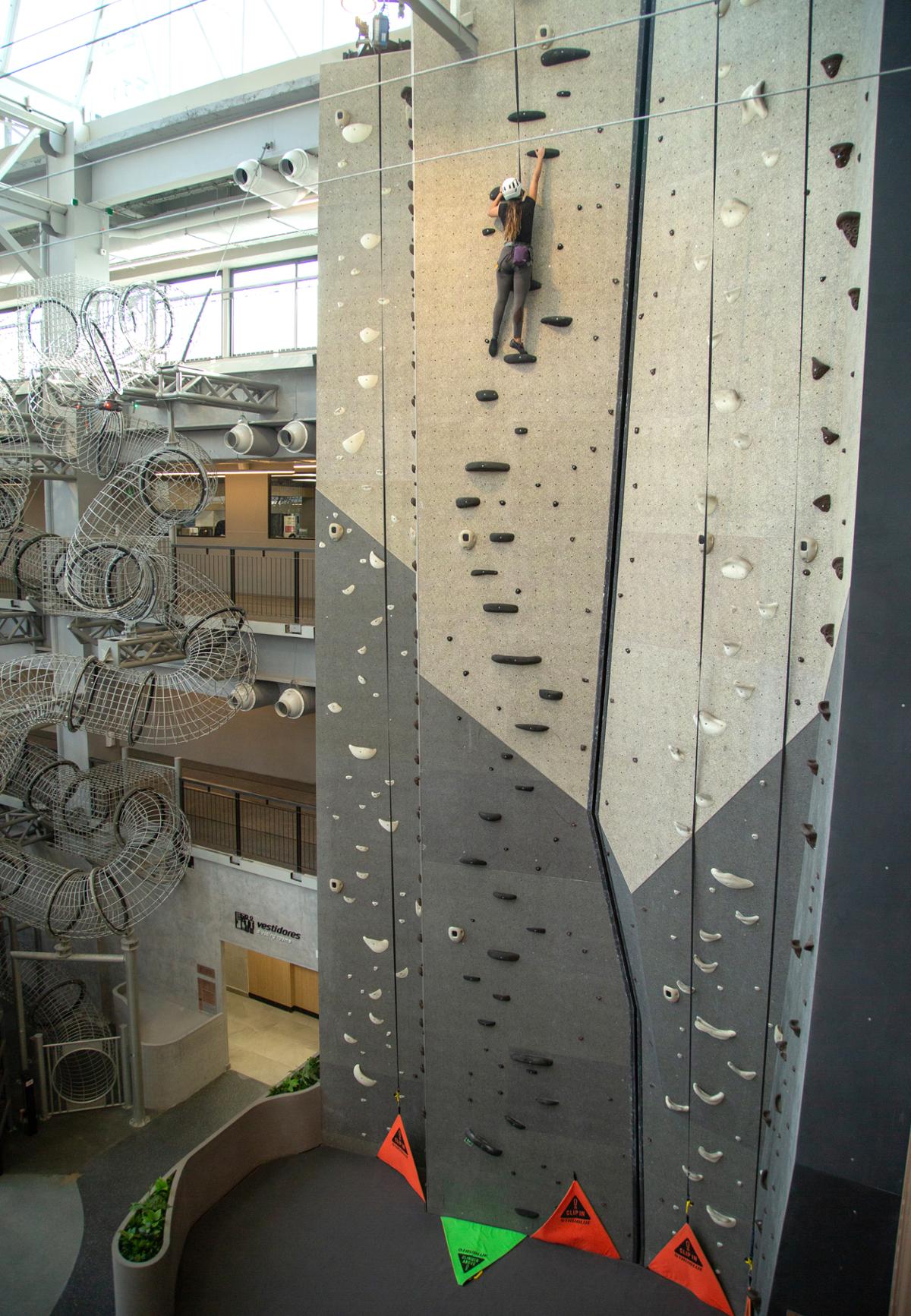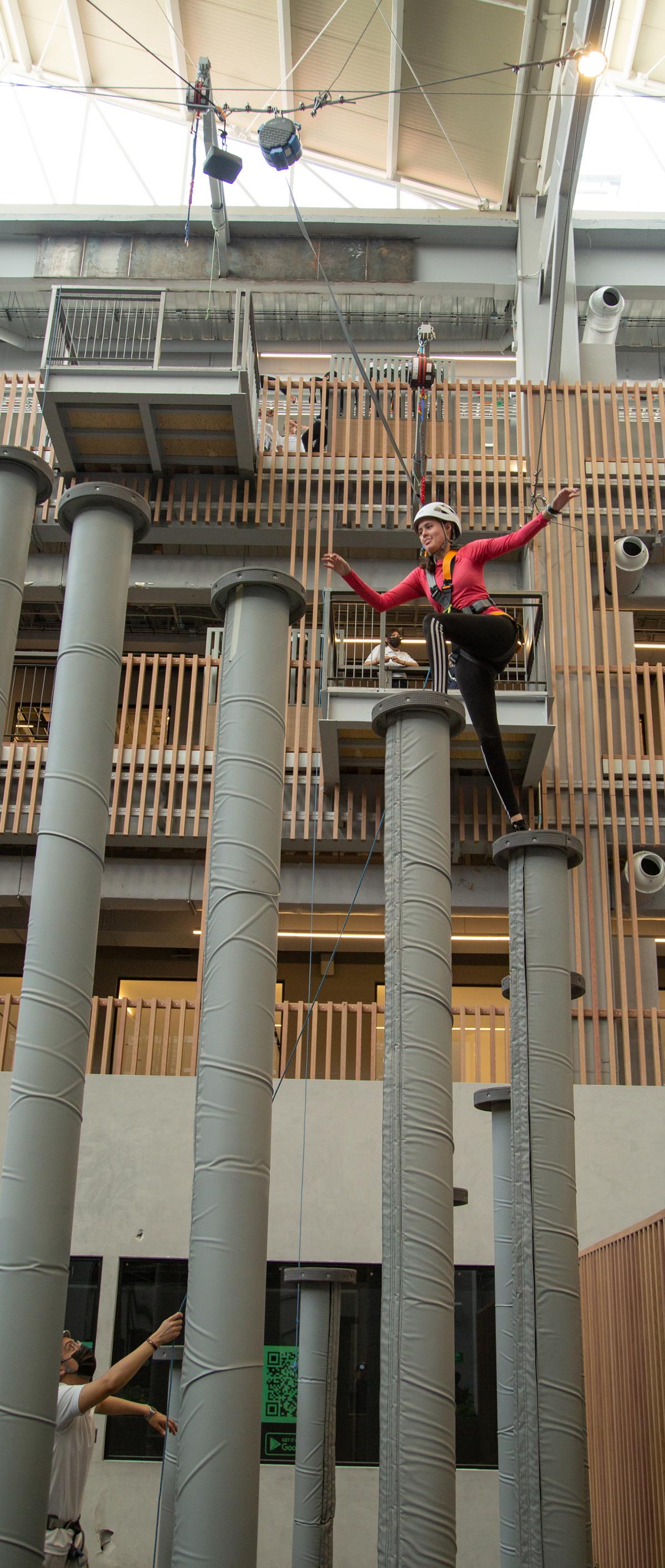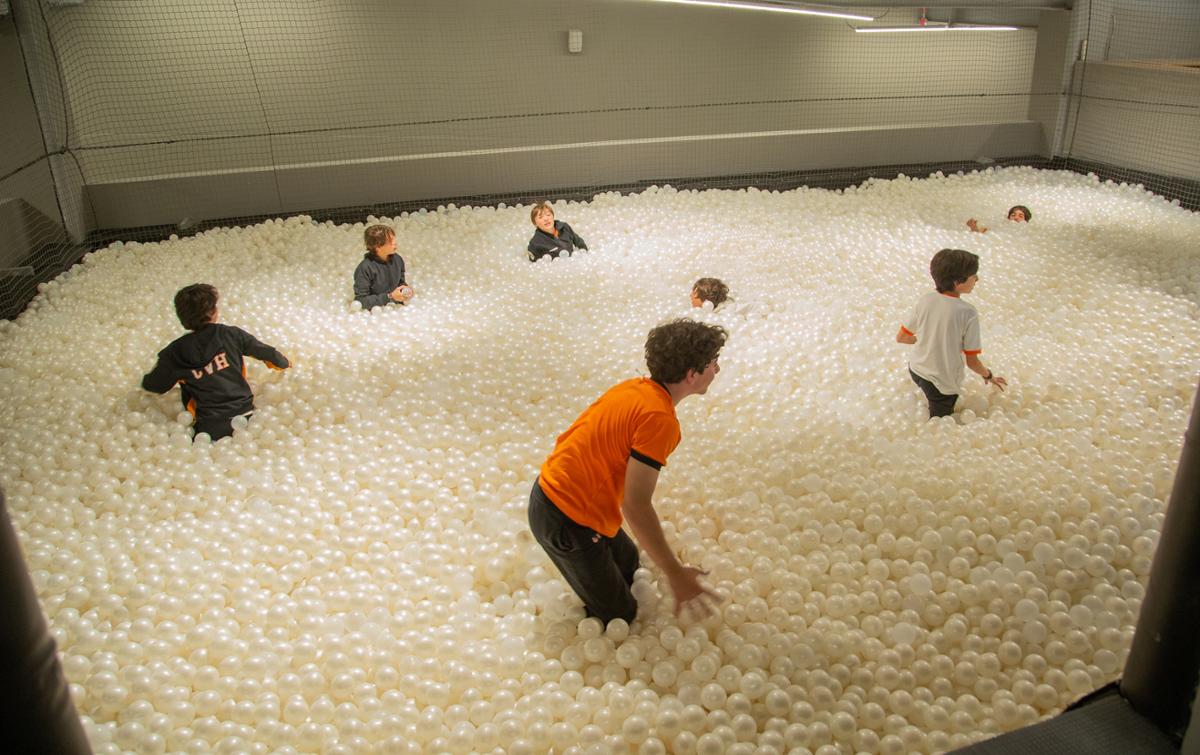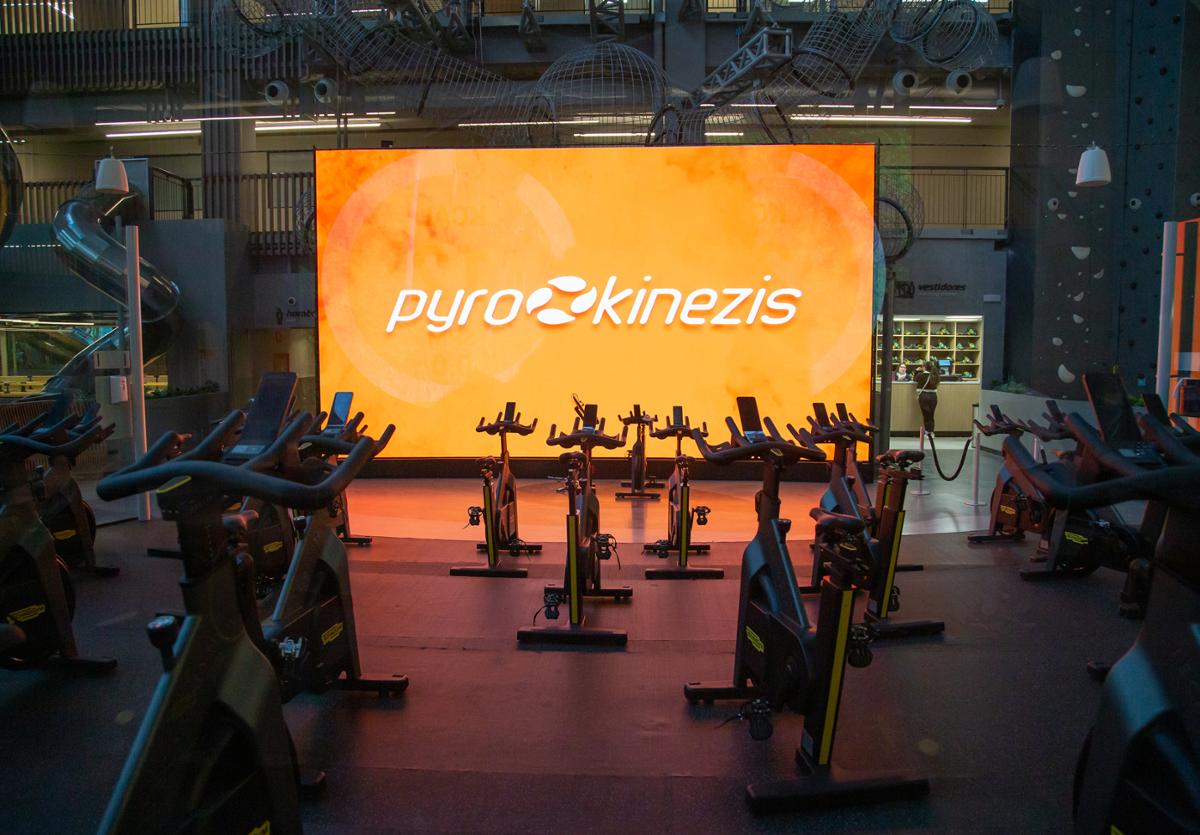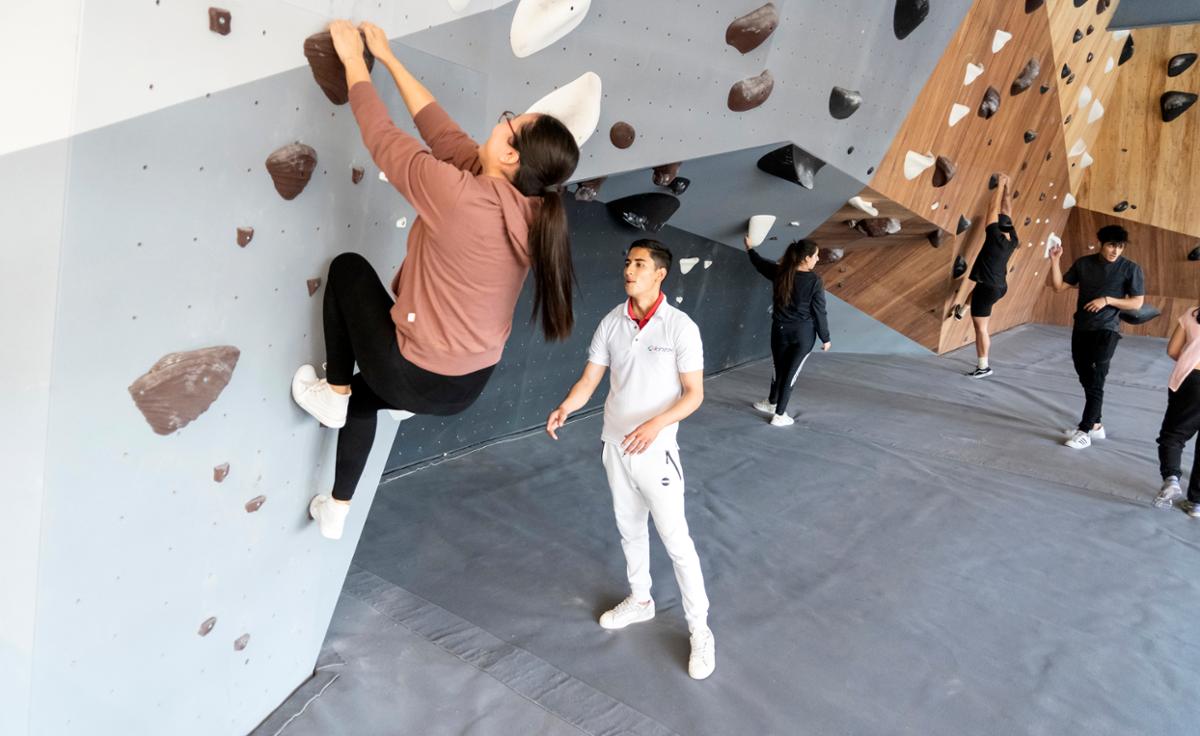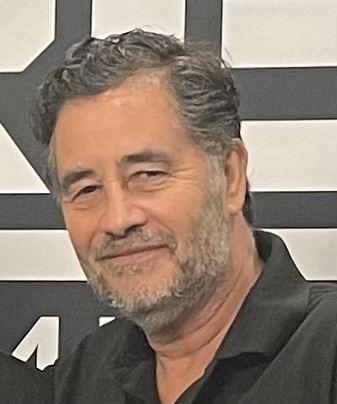What was the inspiration for Kinezis?
I founded Kidzania – an entertainment concept where children can role play different occupations – 25 years ago. It has been very successful and now has 29 centres in 22 countries. I wanted to incorporate a new concept and a separate growth opportunity and spent two years travelling the world looking for opportunities, visiting 32 countries, 52 cities and 400 properties.
Everywhere I went I saw a strong trend for health and wellness, as well as active entertainment, such as trampoline parks, which inspired me to come up with a completely new concept based on health.
When I started doing research it became clear that wellness is the future. Although obesity is a problem all over the world, there’s also evidence to show that people want to exercise more and eat better.
I bought a lot of reports about gyms and found out that worldwide – 85 per cent of gym goers go before 10.00am or after 6.00pm, while entertainment ‘purchases’ normally take place between 10.00am and 6.00pm. So I had the idea to use the same brand and same space to do both fitness and entertainment, but with different opening hours. Nobody has done this before.
We’ve also broken the rules by having three businesses in one: Kinezis Fun, Kinezis Fitness and Kinezis Health. We wanted to go into wellness, we’re very good at entertainment and it made sense to tap into fitness.
Tell us about the concept launched in Mexico
Kinezis Fitness offers 18 different workout options, including treadmills, cycling, rowing, a running track, a Spartan-style obstacle course and step track, weights and free weights.
There are also seven studios for yoga, Pilates, functional training, barre, dancing, boxing and aerial silks, with four classes every morning and eight every evening.
There are spaces to work, as well as pet care and childcare offering fun activities for children aged one- to five-years-old and dogs. We’re going for a boutique approach with immersive environments with 9m x 4m screens and excellent coaches, including some of Mexico’s best athletes.
Kinezis Fun is all about adrenaline with six different style climbing walls, including bouldering, cloud climbing, net climbing, a hamster tube and the first speed climbing wall in Mexico.
The site is four storeys high, so there are a number of fun ways to climb up and then drop down, such as the vertical drop and free fall, slides, trampolines, bouncing nets, and inflatables. There are also aerial bikes hanging on wires which people can ride around and a zip line goes around the shopping centre.
Nowhere in the world has all this content together.
Visitors are given a wearable bracelet which monitors everything they do, including counting calories burned and eaten, steps made, their heart rate and blood oxygenation, but although we monitor all this, the emphasis is very strongly on movement being fun.
Kinezis Wellness is the third piece of the jigsaw, with a spa that includes the first hammam in Mexico, treatment rooms, a sauna, hot tub, ice bath and hanging hammocks for relaxation.
An array of wellness services is on offer, including body composition scanning, access to nutritionists and bloodwork. Going forward we’ll also be employing psychologists.
In the event space we’re running workshops on things such as the Wim Hof Method, Ayurveda, meditation and sound healing.
How much does it cost to use?
Access to Kinezis Fun can be per class, by day pass or by buying a bundle of classes or a membership.
There are two types of membership: US$120 a month covers the use of the gym, classes, petcare, childcare and access to the co-working space. For another US$40 members can also use the spa and have one treatment a month.
Classes cost US$12 each and there are discounts for bulk purchasing of 5 per cent for five and 10 per cent for 10, while our Kinezis health offer is charged by the service.
It’s incredibly ambitious, what has the main challenge been?
There is nothing like this in the world, so marketing has been a challenge, especially as Kidzania has good brand recognition in Mexico, so people assume this is a venue for children.
People who are into entertainment aren’t drawn to the gym and gym-goers aren’t drawn to entertainment centres, but once they visit they really get it.
We’re finding the repeat business is good and our reviews and exit research shows that people are very happy with the experience.
Going forward, we’ll be working on how to get the marketing message across more effectively.
What lessons have you learned so far?
This is our prototype and we’ll test it for one full year to see what works and what doesn’t and adapt the product. Even now, after two months, we’re already thinking of changes. It has a footprint of 6,000sq m, for example, but this is too large and I think future sites will be about 70 per cent of this size at 4,000-5,000sq m.
We’ve also learned not to have six restaurants with six separate kitchens.
We wanted people to walk and climb their way around the four storeys, but we’re finding that one set of stairs isn’t enough to accommodate this across such a large site so we will need to add more.
At the moment we have four spaces which are each themed on a natural element and each has an ascend and descend activity and a cardio activity. Although this is a good story we won’t continue it to other sites because we already have a big enough concept to sell with the Kinezis theme alone.
We’ve also decided it would be more social to have all the climbing walls in one area.
What will expansion look like?
It took us 25 years to get Kidzania to 22 countries, but we think we’ll be able to get the same growth for Kinezis in five years. In Mexico, South America and the US we’ll open and run the sites, but we’ll also use our established partners to undertake developments in other parts of the world.
We have established partnerships all over the world: the UK, Japan, Korea, India, Indonesia, Singapore, Malaysia, Philippines, Thailand, UK, UAE, Saudi Arabia, Egypt, Kuwait, Qatar, Russia, Portugal, Chile, Brazil, Costa Rica, US.
We’re also opening Kidzania’s this year in South Africa and Vietnam, followed by Hong Kong and Taiwan.









